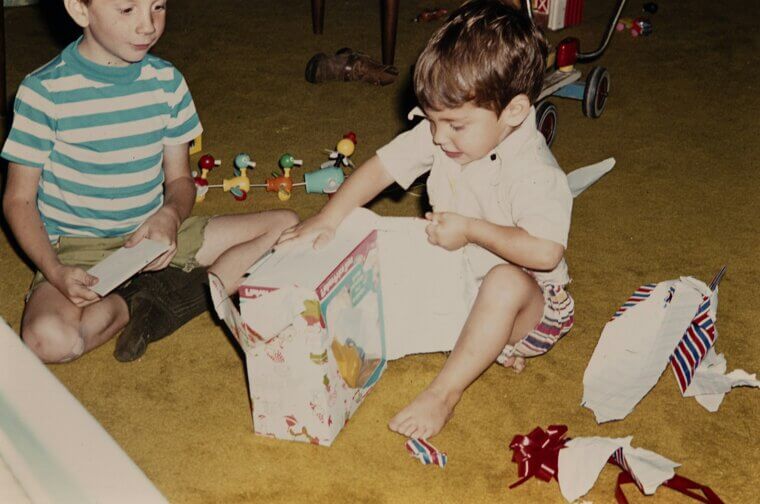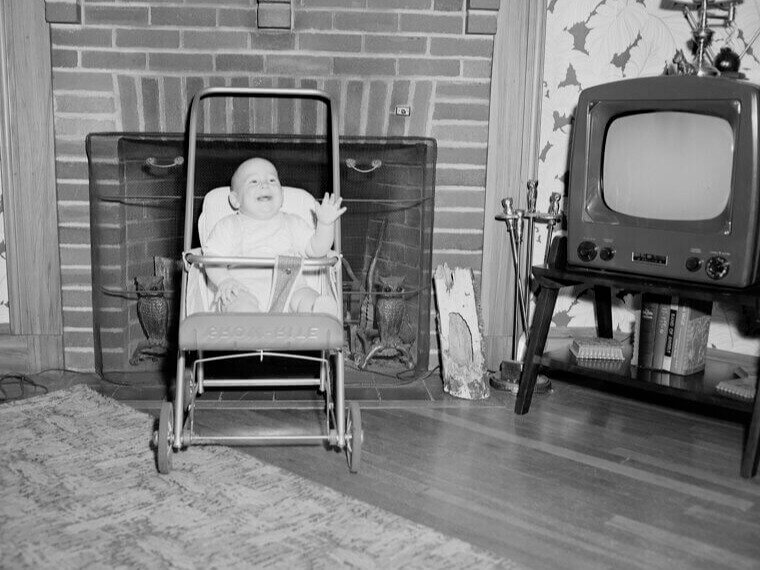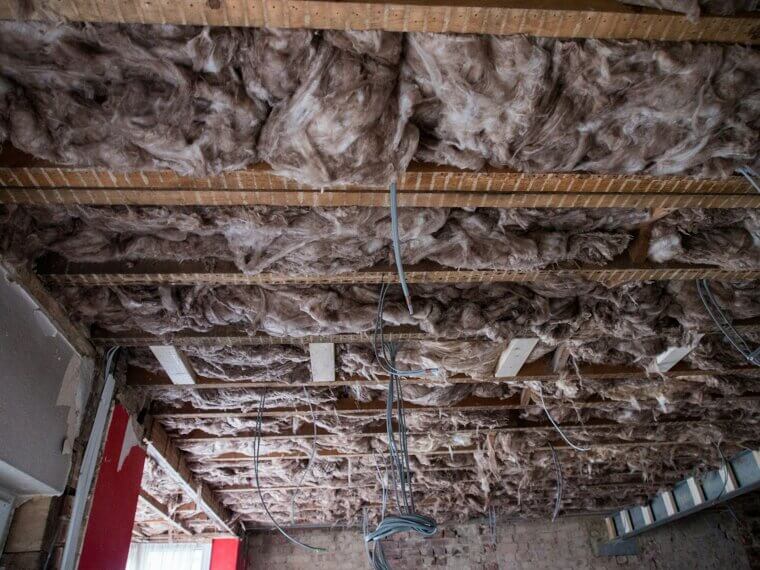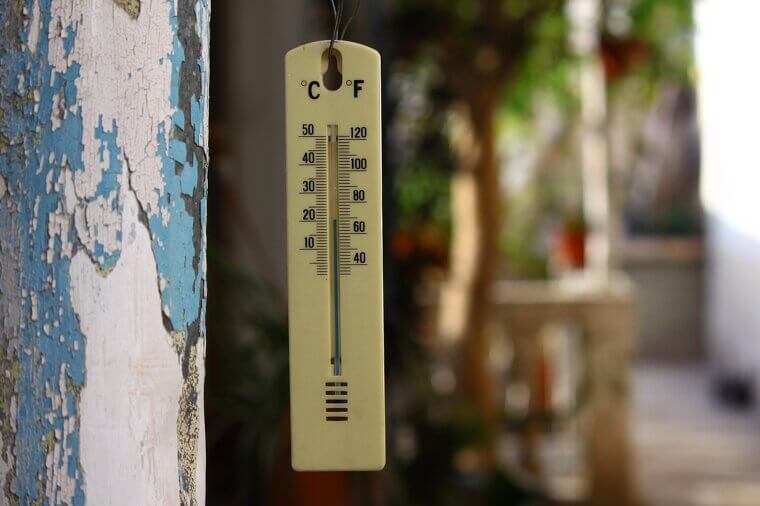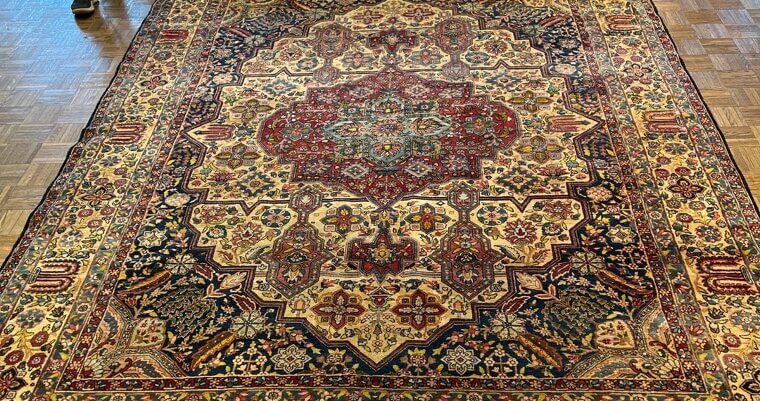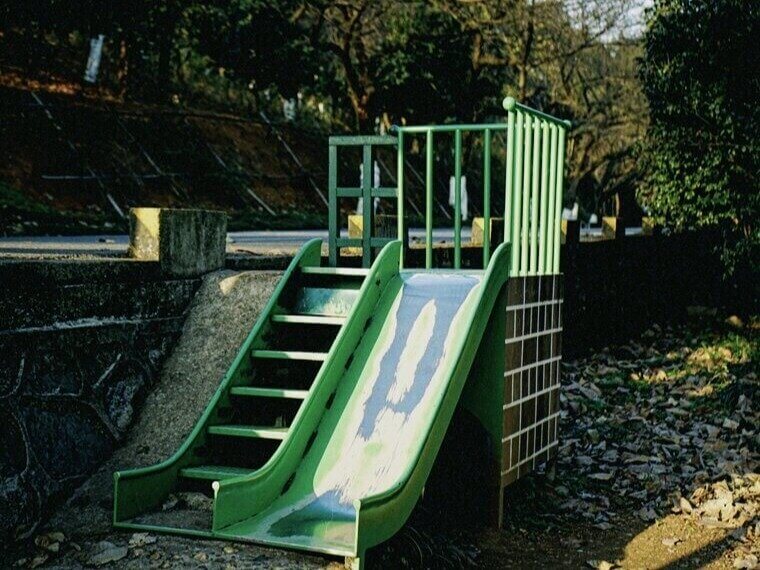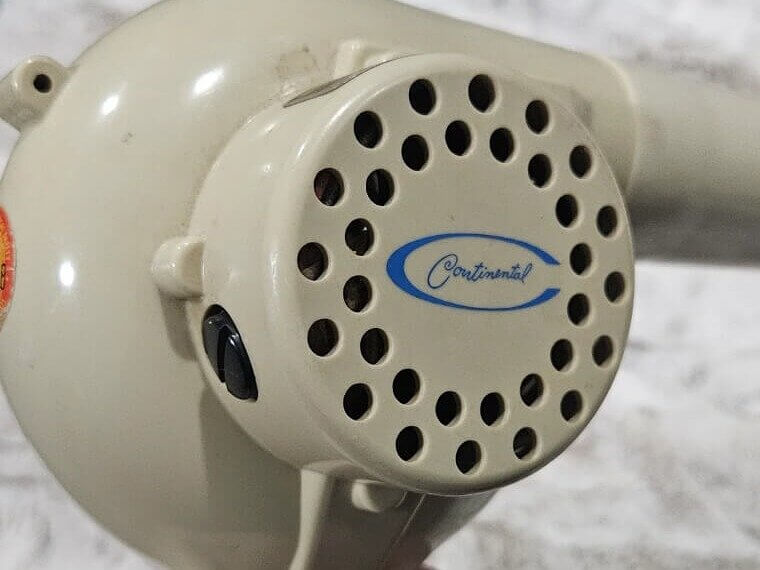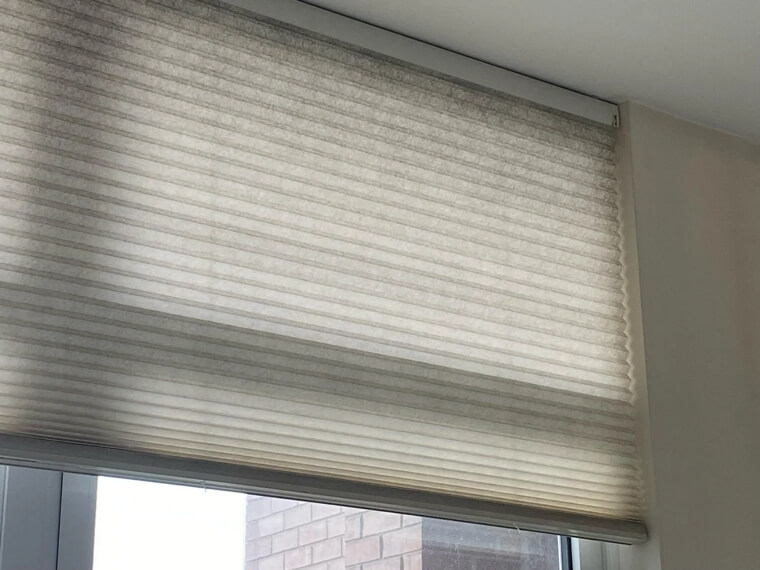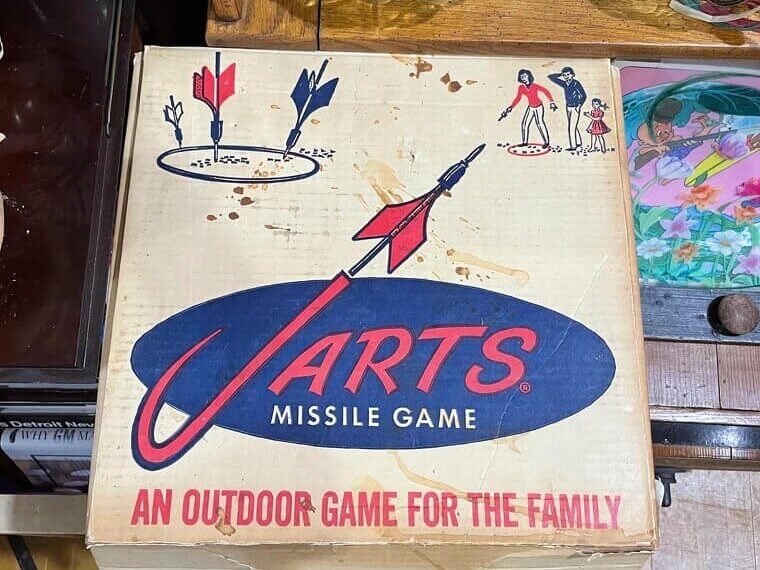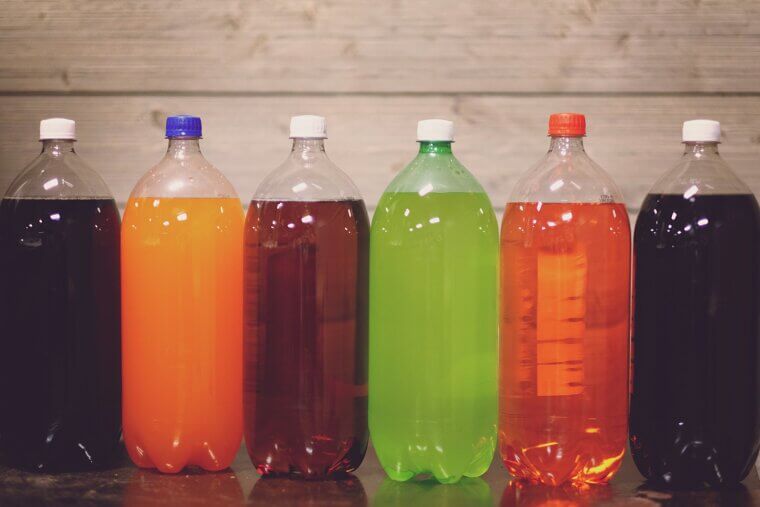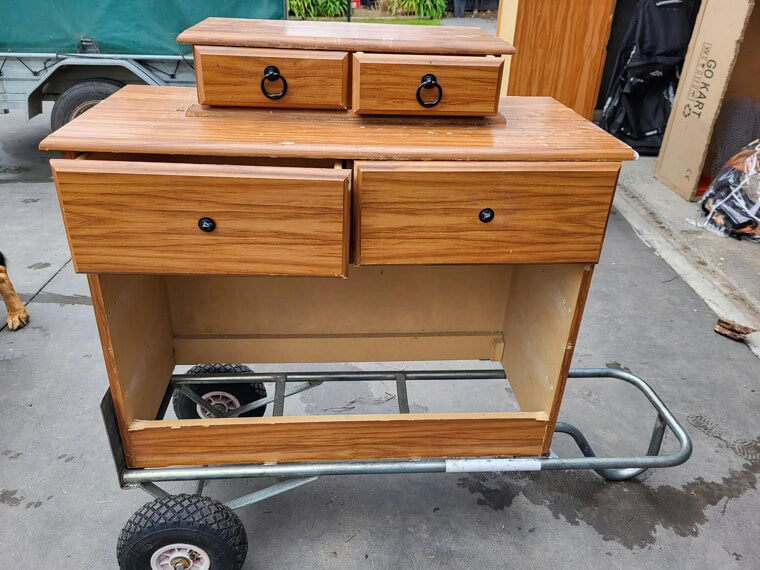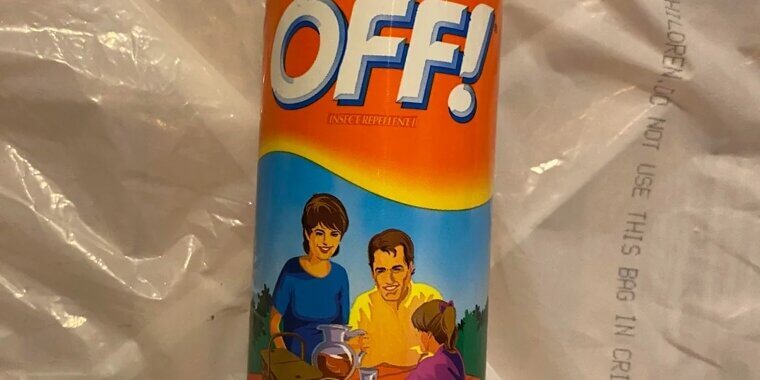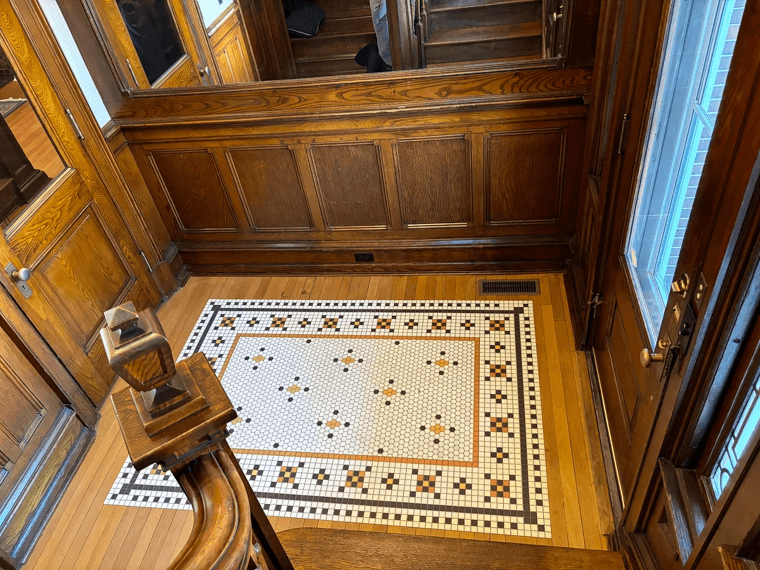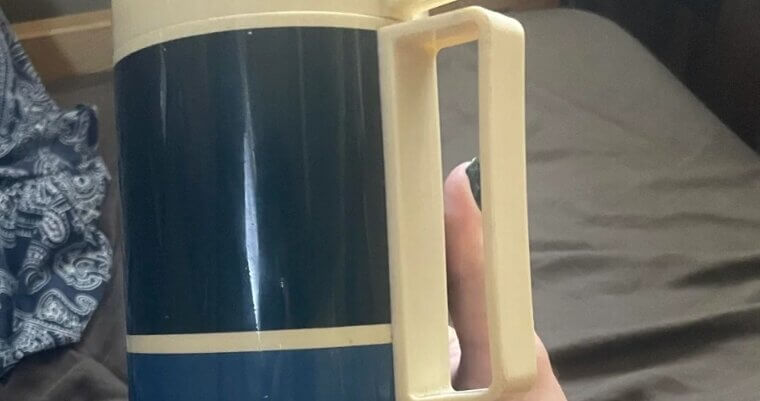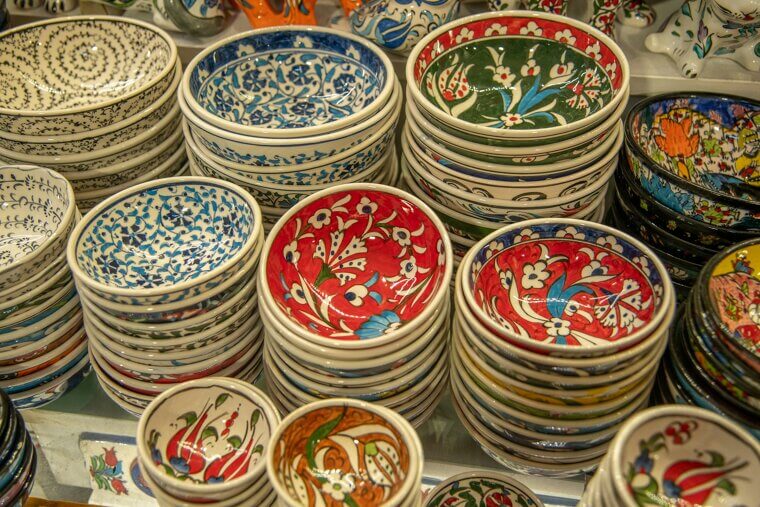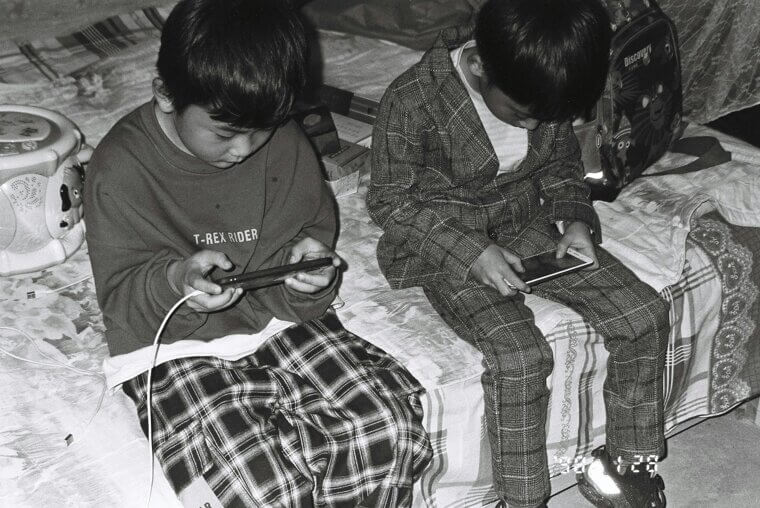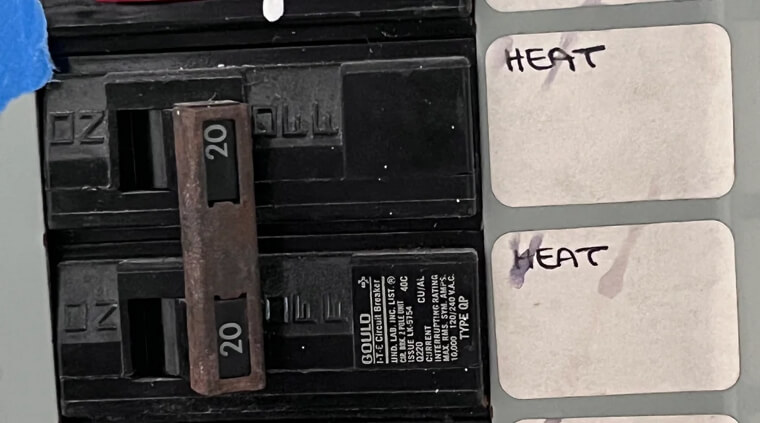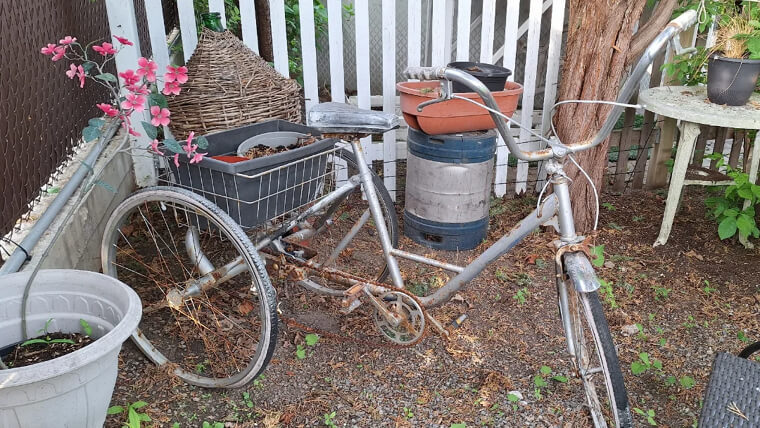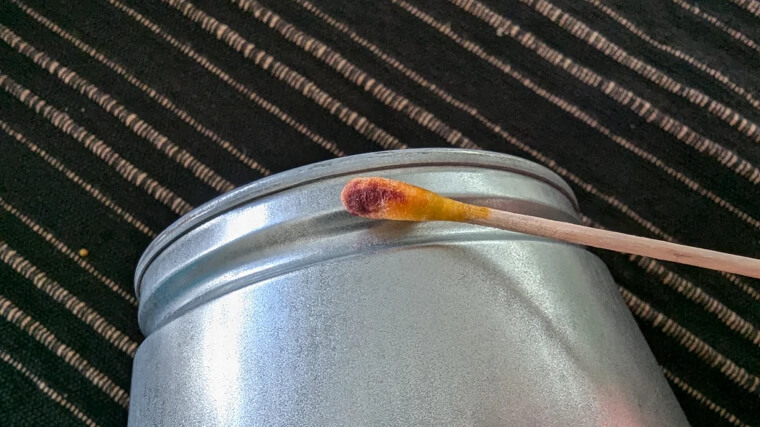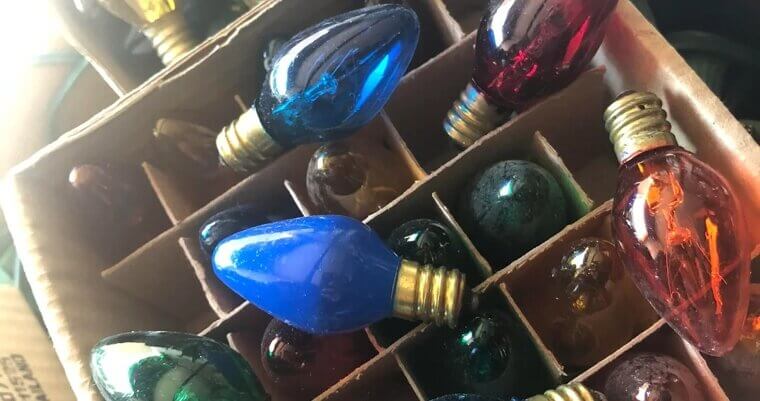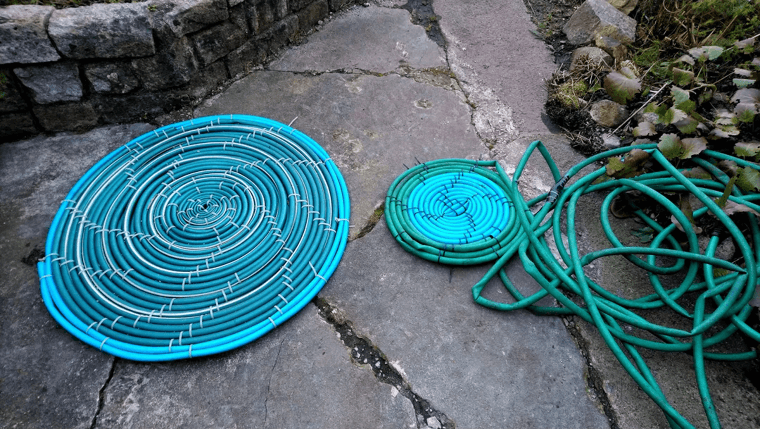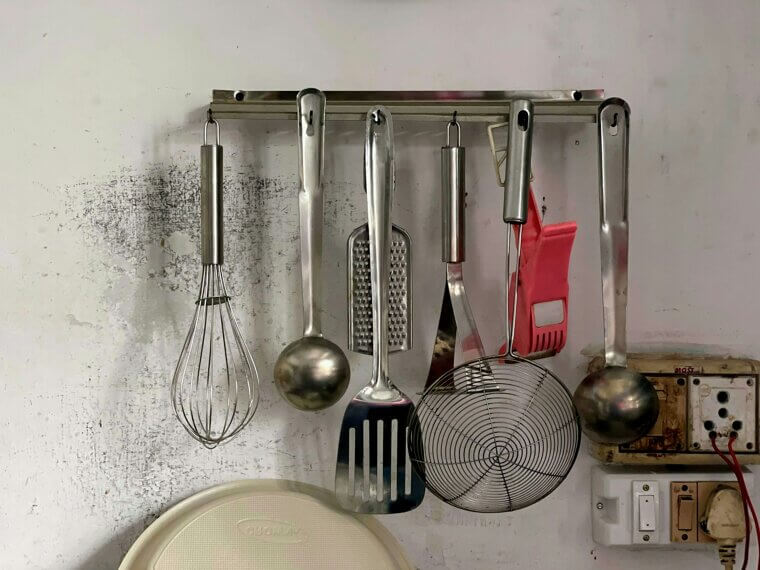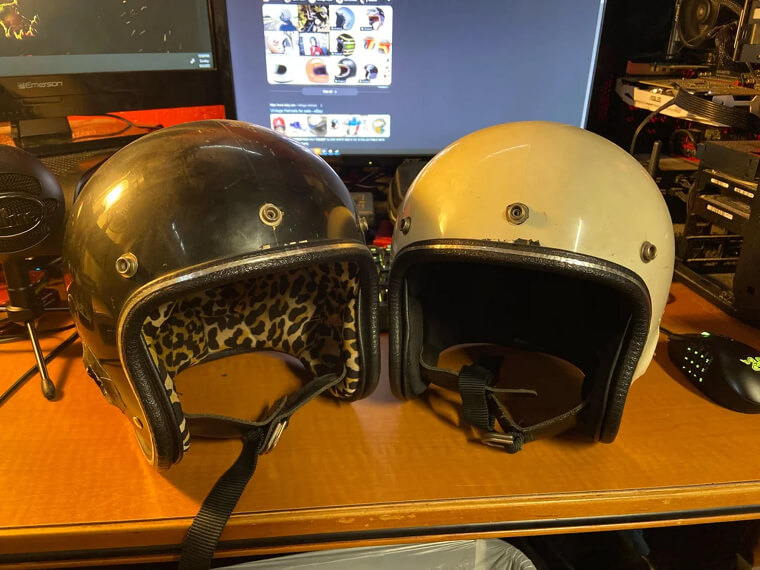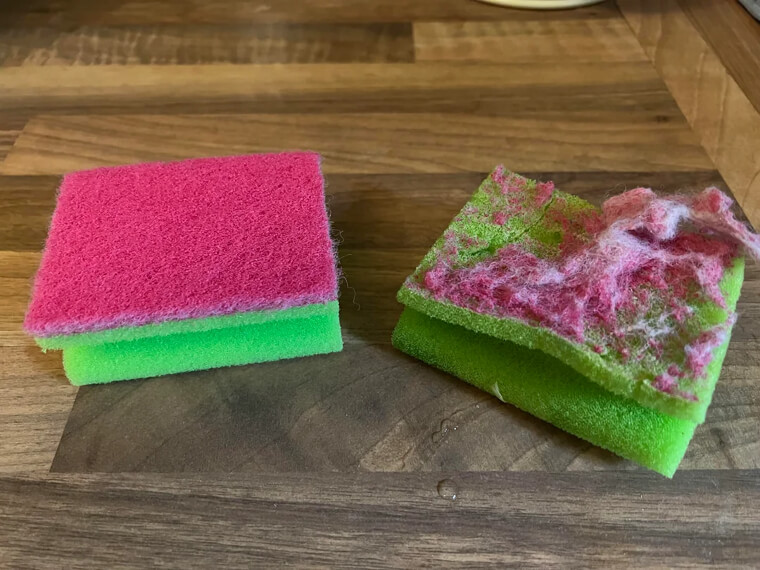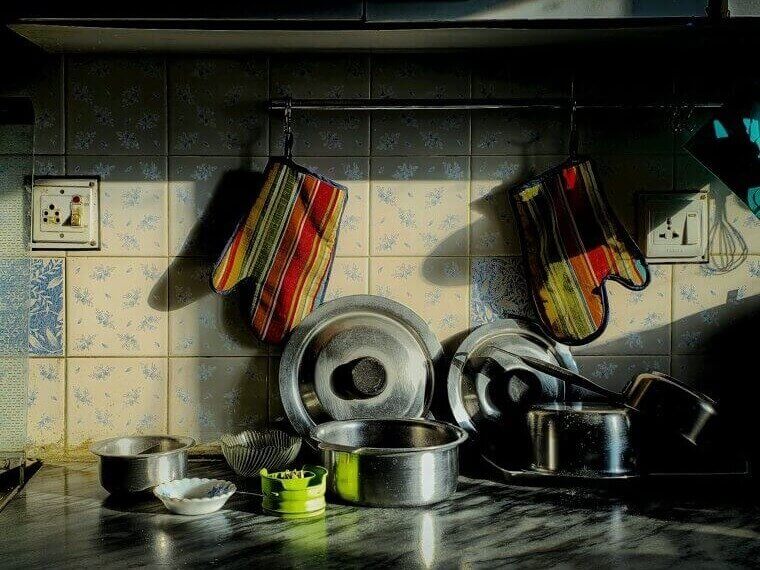Children’s Toys Made With Real Lead Paint
Many toys once came coated in bright lead-based paint that made colors bold but carried health risks no one fully understood at the time. Parents simply bought toys based on price and appeal, unaware that chipping paint could cause problems. As safety research grew, regulations removed lead from children’s products. Today’s toy standards reflect lessons learned from that earlier era when safety testing was far less strict.
Baby Cribs With Wide Wooden Slats
Baby cribs used to be made with slats spaced far wider than today’s guidelines allow. Manufacturers focused on the sturdy wood frames rather than the spacing that could trap or injure curious infants. Safety reforms later required much narrower gaps and standardized construction. These changes made cribs significantly safer and reflected the growing awareness of proper child protection standards.
Asbestos Household Insulation
For years, insulation was commonly made with asbestos because it was inexpensive and fire resistant. People trusted it to keep homes warm without knowing the long-term health risks. Once medical research revealed its dangers, safety rules banned its use in new homes. The shift transformed building practices and created a large effort to remove airborne hazards from older houses still containing these materials.
Metal Lunchboxes That Heated Up in the Sun
Before plastic versions took over, children carried metal lunchboxes that looked stylish but heated quickly on warm days. These boxes sometimes became hot enough to warm food or make them uncomfortable to carry. They also dented easily. Safety guidelines eventually favored lighter, safer materials that stayed cooler and were easier for kids to handle.
Mercury Thermometers in Every Home
Mercury thermometers used to be the standard way to check a fever. They were simple, accurate, and easy to read, but they also contained liquid mercury that could spill if the thermometer broke. As understanding grew about the risks of mercury exposure, safety regulations led to digital models replacing these traditional glass thermometers.
Carpets Treated With Harsh Chemicals
Wall-to-wall carpets often came treated with chemicals meant to resist stains and wear. While effective, many of these treatments produced lingering fumes that were later found to affect indoor air quality. As safety standards changed, manufacturers shifted toward less harmful products and more transparent labeling. Homes became healthier thanks to greater attention to long-term exposure risks.
Playground Slides Made From Bare Metal
Playgrounds once featured tall metal slides that heated quickly in the sun. Kids loved them, but the hot surfaces sometimes caused burns. Modern playground standards encourage coated or plastic materials that stay cooler and safer. These updates reflect how communities adapted to keep childhood play enjoyable without unnecessary risks.
Hair Dryers With No Grounded Plugs
Early hair dryers looked sleek but had simpler electrical designs. Many lacked grounded plugs or internal safety switches. Using them near water could be dangerous without anyone realizing it. Updated safety standards later required grounded plugs and automatic shutoff features, making the daily routine of drying hair much safer for everyone.
Aluminum Cookware Without Protective Coatings
Aluminum pots and pans were common because they heated quickly and were inexpensive. Over time, researchers learned that uncoated aluminum could react with certain foods. Manufacturers introduced nonstick coatings and anodized surfaces to prevent issues. These improvements brought better performance and a safer cooking experience.
Window Blinds With Dangling Cords
Older window blinds had long cords that hung freely and created hazards for young children. As awareness grew, safety rules pushed for shorter cords, breakaway mechanisms, and cordless designs. Today’s blinds reflect decades of refinement focused on protecting families while still offering convenience and style.
Lawn Darts With Sharp Metal Tips
Lawn darts were once a backyard staple. They came with heavy metal tips that landed firmly in the ground, but they also caused accidents. Safety regulations eventually banned the original design. Modern versions traded metal for safer materials and gave families a worry-free way to enjoy outdoor games again.
Early Plastic Bottles With BPA
Plastic bottles once regularly contained BPA, a chemical used for durability and clarity. Later research raised concerns about exposure. Manufacturers responded by creating BPA-free versions that remain the standard today. The shift showed how industry and safety research can work together to improve everyday products.
Formaldehyde in Particleboard Furniture
Many older pieces of pressed wood furniture contained formaldehyde adhesives. These products released fumes over time that affected indoor air quality. Safety standards later limited the use of these adhesives and encouraged safer alternatives. Modern furniture has benefitted from these changes with healthier materials and better ventilation awareness.
Household Cleaners With Harsh Solvents
Cleaning products once used powerful solvents that removed dirt quickly but produced strong fumes and left residues. As consumers learned more about health effects, companies reformulated cleaners with safer ingredients. Today’s versions balance effectiveness with improved indoor safety, a significant shift from earlier decades.
Vinyl Flooring With Strong Chemical Odors
Vinyl floors were durable and affordable, but older versions sometimes produced strong chemical smells after installation. These odors came from outdated manufacturing methods. Over time, improved safety standards led to safer materials and better production processes, reducing exposure and improving indoor environments.
Thermos Bottles With Glass Inserts
Thermos bottles once contained glass liners that kept drinks hot or cold. They worked well but broke easily, creating hazards. Today’s insulated containers use stainless steel instead of breakable glass, making them safer and more durable for everyday use.
Crayons With Unsafe Pigments
Some early crayons contained pigments that later proved unsafe. Children used them without parents knowing the risks. When safety standards tightened, manufacturers reformulated their products. Today’s crayons are held to higher safety standards and checked carefully for harmful ingredients.
Toys With Small Magnetic Parts
Some toys used strong magnetic pieces that could become dangerous if swallowed. Safety reforms pushed manufacturers to redesign these items with safer magnet sizes and stronger casing. The result was a healthier balance between creativity and child safety.
Painted Ceramic Dishes With Lead Glaze
Decorative dishes and mugs sometimes used glazes containing lead. Although beautiful, these glazes could leach into food. Regulations eventually restricted their use, encouraging safer ceramic production. Today’s dishes undergo strict testing to ensure they meet modern health guidelines.
Mattresses Treated With Flame-Retardant Chemicals
Older mattresses sometimes used flame-retardant chemicals that later raised questions about long-term exposure. As research advanced, manufacturers shifted toward safer materials and improved construction methods. These changes helped keep families protected while still meeting fire safety requirements.
Car Interiors With No Flame Resistance
Car seats and panels used to be made from materials that caught fire easily. As safety technology improved, manufacturers added flame-resistant fabrics and padding. Modern vehicles now incorporate safer materials that help reduce risk during accidents.
Kids’ Pajamas Made Without Flame-Resistant Fabrics
Before regulations changed, children’s pajamas were often made from materials that burned quickly. New standards required flame-resistant fabrics that offered better protection. These safety updates made bedtime far safer for families.
Bare-Wire Electric Heaters
Electric heaters once used exposed coils that glowed bright red. They worked well but posed burn and fire hazards. New safety standards brought enclosed heating elements and automatic shutoff features. These improvements made winter heating much safer.
Metal Tricycles With Sharp Edges
Many children rode metal tricycles that had sharp corners or rough edges. As safety research evolved, manufacturers replaced these designs with rounded plastic edges. Modern tricycles offer better protection without losing the fun.
Lead Solder in Food Cans
Food cans were once sealed with lead-based solder. It was standard practice until new research pushed the industry toward safer alternatives. Today’s cans use lead-free solder and follow strict guidelines to protect consumers.
Holiday Lights With Flimsy Wiring
Older holiday lights often had thin wiring that frayed easily. These strings posed fire risks during festive seasons. Improvements in insulation and wiring technology made modern lights safer, more durable, and better suited for repeated use.
Garden Hoses With Unsafe Materials
Garden hoses once contained chemicals that were not safe for drinking. Many families used them to fill kiddie pools or rinse produce. Current standards require safer materials that prevent harmful exposure. Today’s hoses keep families protected during warm weather fun.
Kitchen Utensils With Melting Handles
Some early kitchen tools were made with plastic handles that softened if left near heat. Modern utensils use heat-resistant materials to prevent accidents. These updates made cooking safer and more reliable.
Paint Strippers With Strong Solvents
Paint removers once relied heavily on harsh chemicals that produced powerful fumes. As safety rules changed, many formulas were replaced with gentler options that worked effectively without overwhelming odors or exposure risks.
Bicycle Helmets With Minimal Padding
Some early helmets offered very little protection compared to current standards. Advances in safety research led to better padding, stronger shells, and improved fit. These updates made biking much safer for riders of all ages.
Cleaning Sponges Filled With Unknown Dyes
Household sponges once used dyes that were not always tested for safety. Updated standards pushed manufacturers to use safer colorants and materials. Modern sponges are more thoroughly tested and transparent about their ingredients.
Pots and Pans With Worn-Out Nonstick Coating
Early nonstick coatings peeled easily and could flake into food. Modern cookware uses stronger coatings with clear safety standards. These improvements helped kitchens become healthier and more reliable.
School Supplies With Harsh Adhesives
Some school glues and craft supplies used solvents that produced strong odors. Later versions replaced these ingredients with safer, low-odor formulas. Parents appreciated the healthier change and classrooms became more comfortable.
Metal Keys Coated With Unsafe Finishes
Older keys often had metallic coatings that wore down easily. Once modern regulations tightened material requirements, manufacturers switched to safer finishes. Today’s keys are more durable and safer to handle over long periods.
Children’s Jewelry With Nickel and Lead
Cheap children’s jewelry sometimes contained nickel and even traces of lead. Safety reforms completely redefined acceptable materials. Modern jewelry follows tighter guidelines that protect young children from unnecessary exposure.

